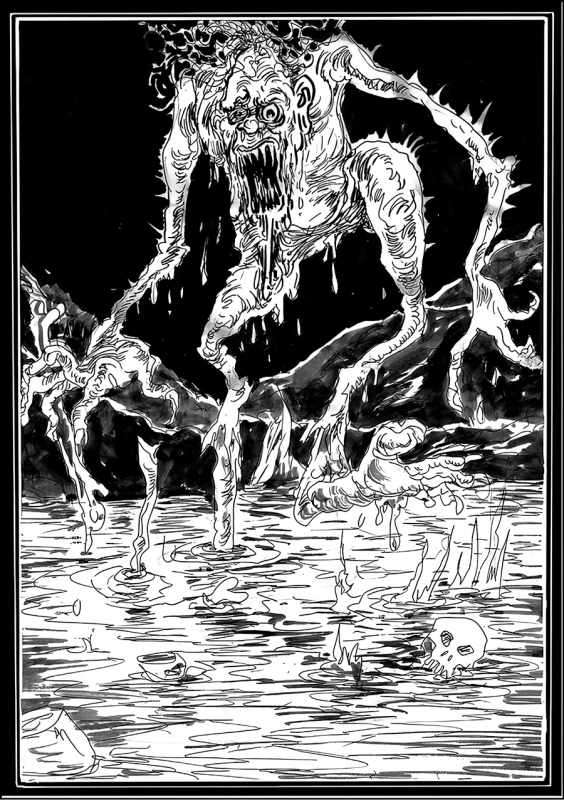Не переживай, Странник, быстро поднятый ангел падшим не считается.
Bestiary.us
энциклопедия вымышленных существБыстрый переход
- Бестиарий Сапковского Бестиарий книг Анджея Сапковского о ведьмаке, волшебные существа и расы мира Геральта.
- Портал им.Киплинга Собрание сказок, поэтически объясняющих происхождение той или иной особенности животных, например "откуда у верблюда горб", "почему у слона длинный хобот", или "с чего б это вдруг кошки и собаки не ладят".
- Сверхъестественное Бестиарий сериала "Сверхъестественное" ("Supernatural" series)

